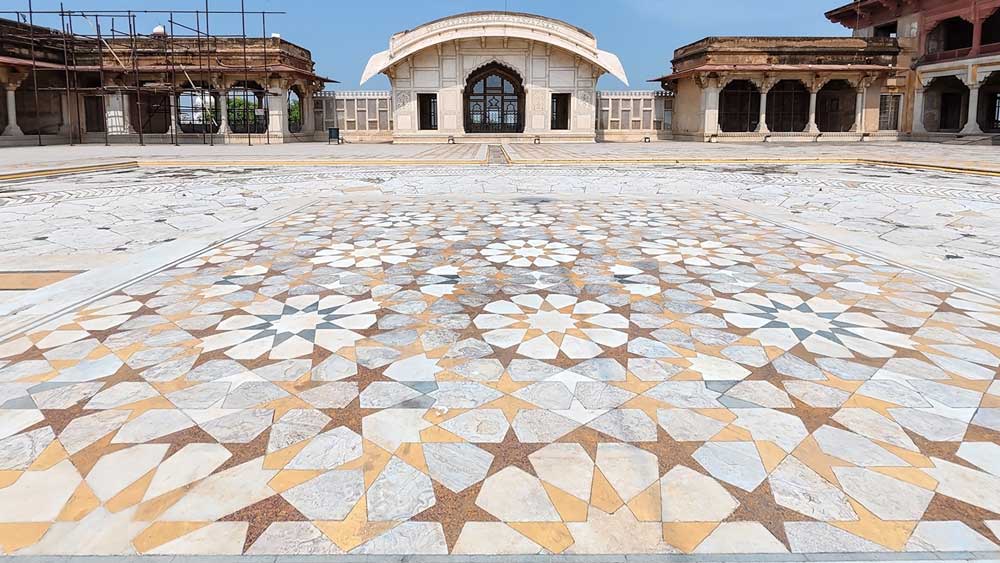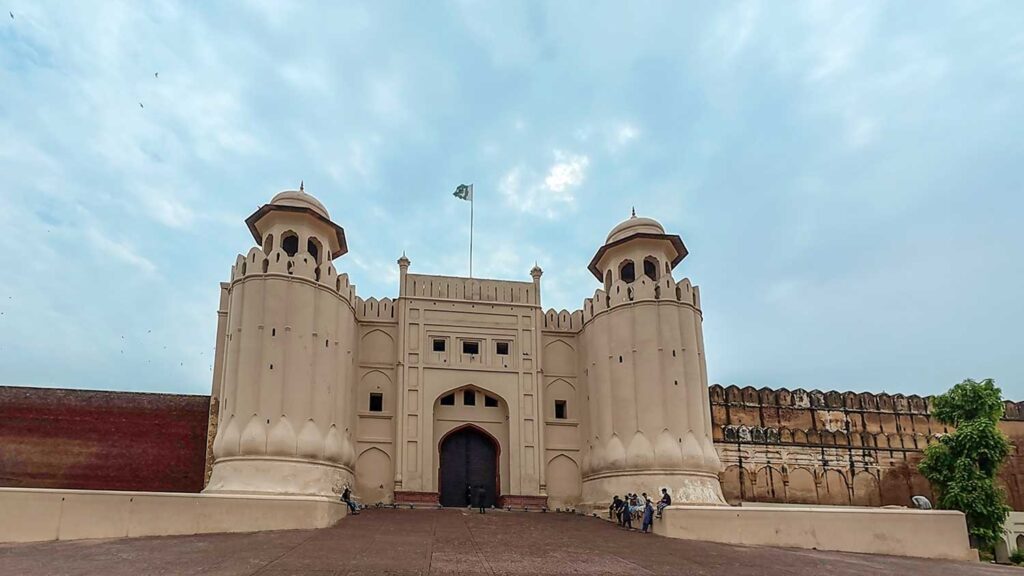Whenever I walk through the streets of Lahore’s old city, there is one place that always pulls me back—the Lahore Fort, or as locals call it, Shahi Qila. This isn’t just another monument; it’s a place where centuries of history, Mughal grandeur, and cultural pride come alive. Standing tall opposite to Badshahi Masjid, this UNESCO World Heritage Site is a true symbol of Lahore’s soul and should be included in the list of places to visit in Lahore, by any traveller.
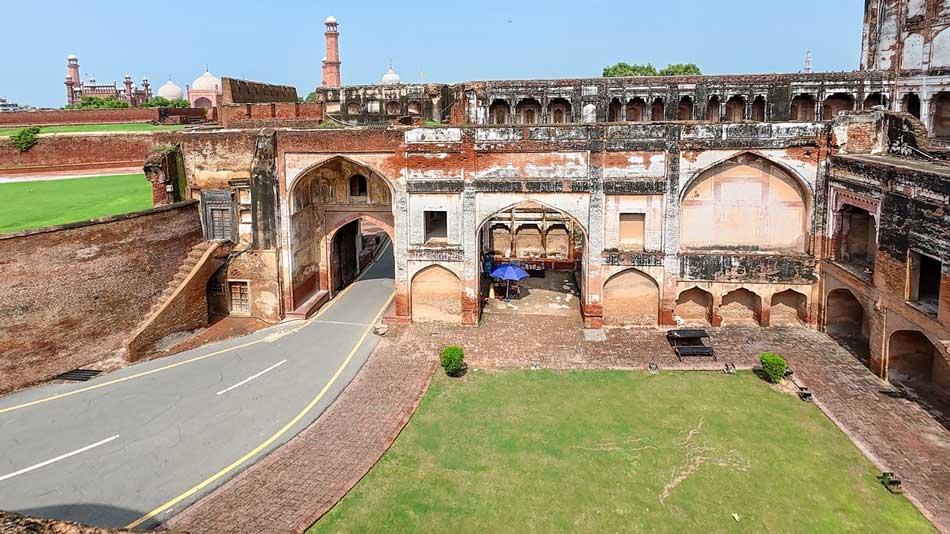
First Impressions of Lahore Fort
As a Lahori and a photographer, I’ve visited the fort countless times, yet every visit feels fresh. The towering walls, intricate carvings, and the sheer scale of the complex always leave me in awe. The fort doesn’t just tell stories—it makes you feel like you’re walking through them. If you’re a history lover, a culture explorer, or simply someone curious about Lahore’s Mughal past, Shahi Qila is a destination that never disappoints.
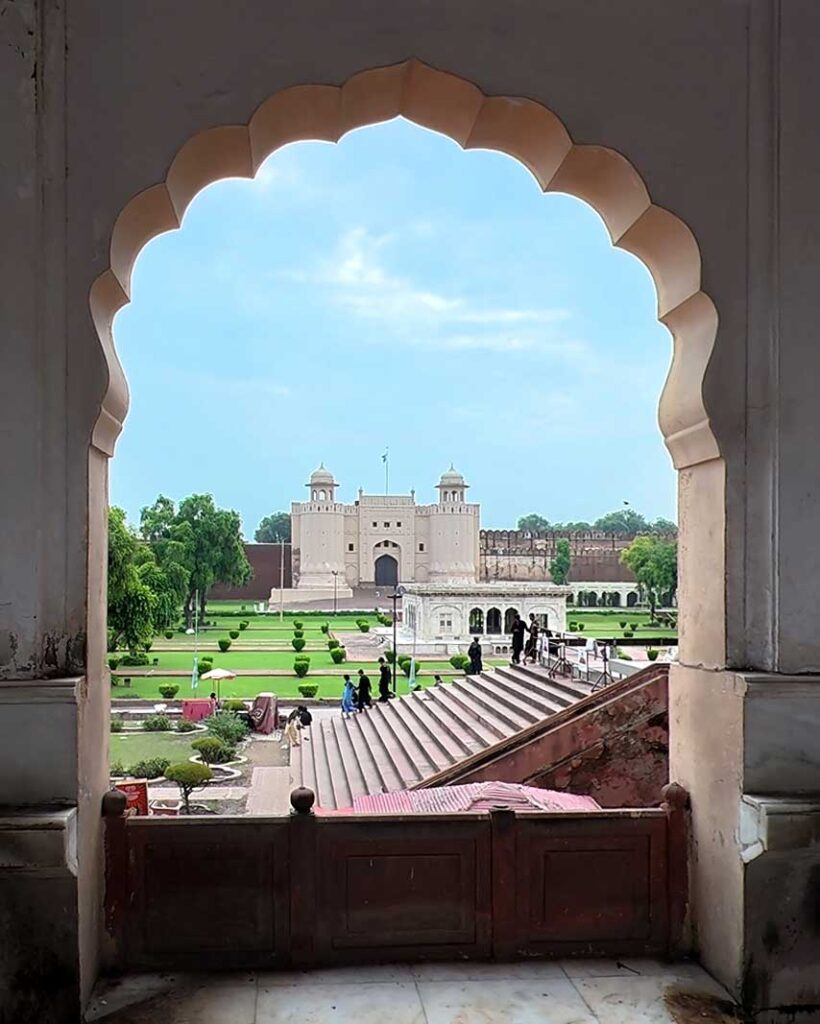
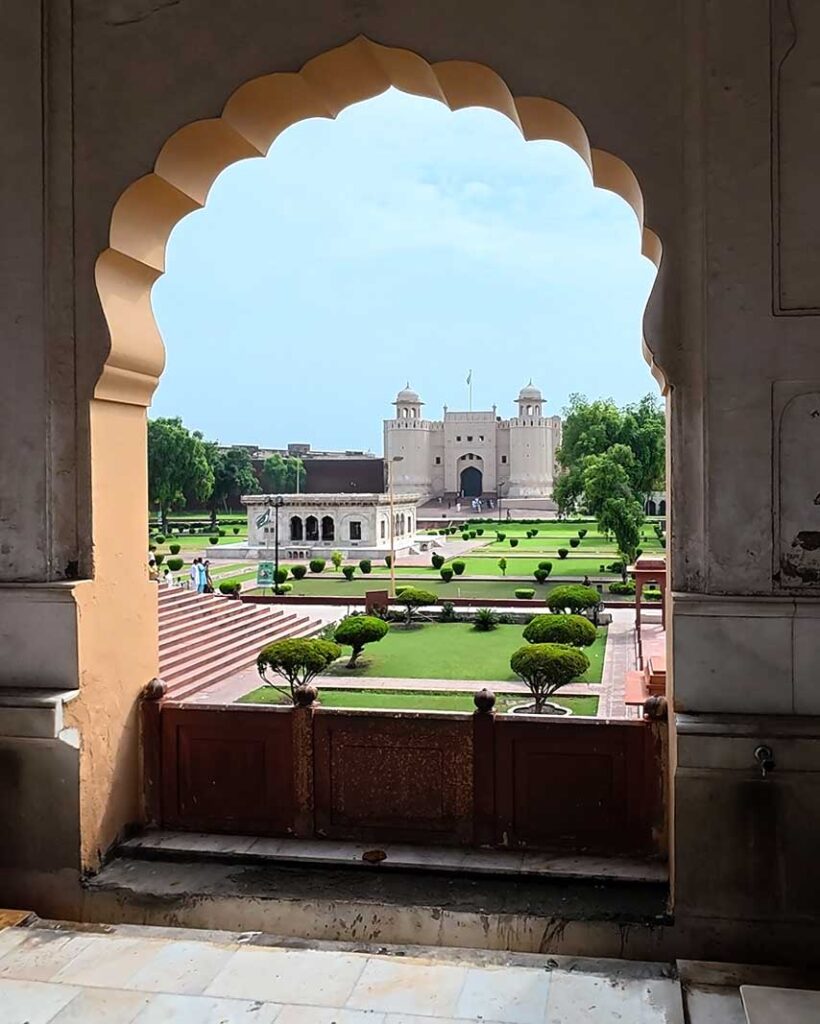
A Glimpse into History
The origins of Lahore Fort go back nearly a thousand years, but it was during the Mughal Empire that it reached its peak. Emperor Akbar, in the 16th century, gave it the form we see today, making it his royal residence and administrative center. Later, emperors like Jahangir, Shah Jahan, and Aurangzeb added their own touches—turning the fort into a living canvas of Mughal artistry.
Over the years, the fort has witnessed invasions, royal ceremonies, and treaties. It has been home to emperors, a hub of governance, and even a military stronghold during the British Raj. Each stone here seems to whisper stories of power, struggle, and glory.
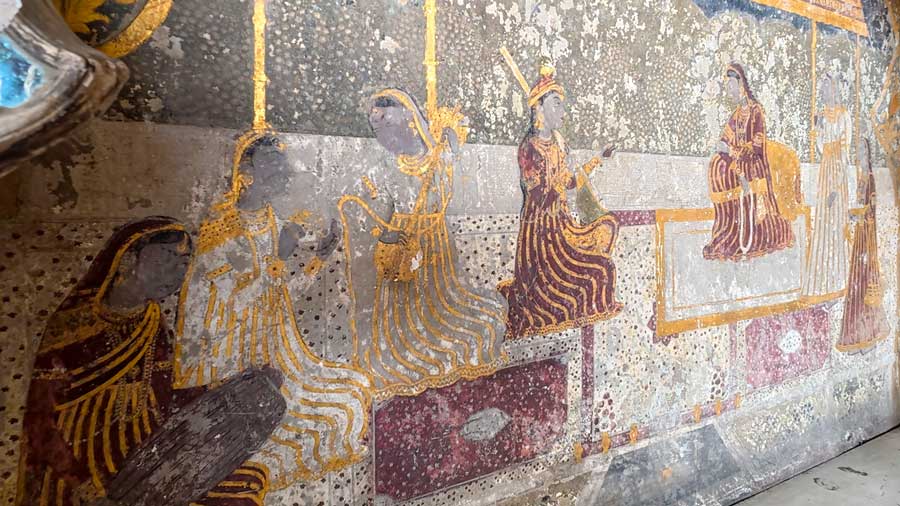
Mughal Architecture at Its Finest
Walking inside the fort is like stepping into a Mughal dream. Spread over 20 hectares, the complex is filled with palaces, halls, gardens, and gates. Every corner reflects a blend of Mughal, Persian, and Central Asian architecture.
The most enchanting of all is the Sheesh Mahal (Palace of Mirrors), built by Shah Jahan. Standing inside, you’ll see thousands of tiny mirrors catching the light, creating a magical glow that feels almost unreal. Another masterpiece is the Diwan-i-Aam (Hall of Public Audience), where emperors once addressed the people.
Don’t miss the Shah Burj Gate, with its stunning artwork, or the peaceful Mughal gardens where water channels once flowed, creating a serene environment amid the grandeur.

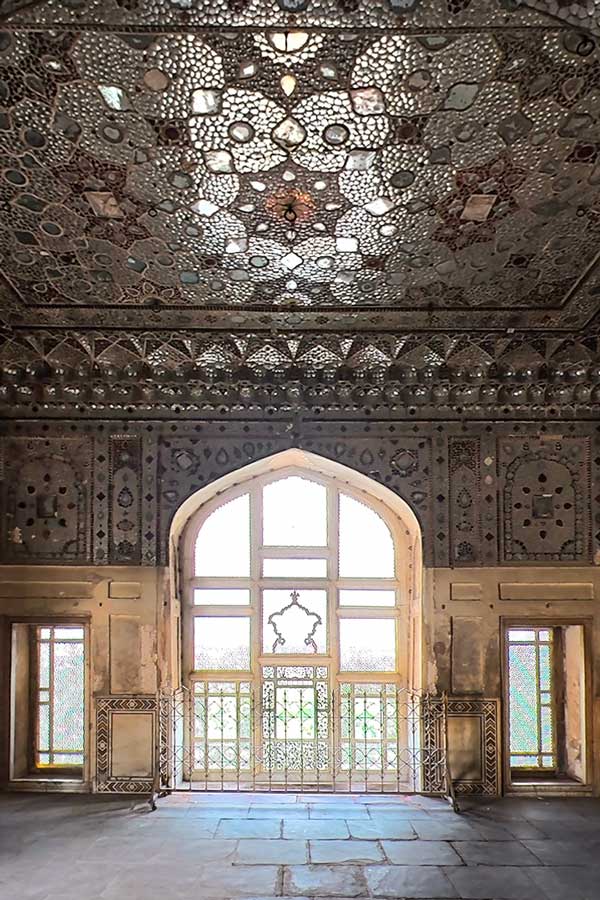
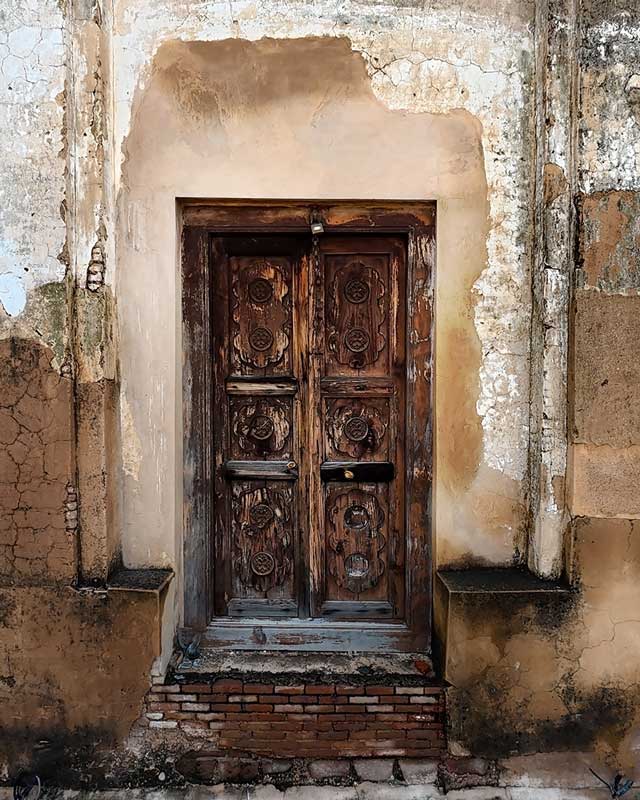
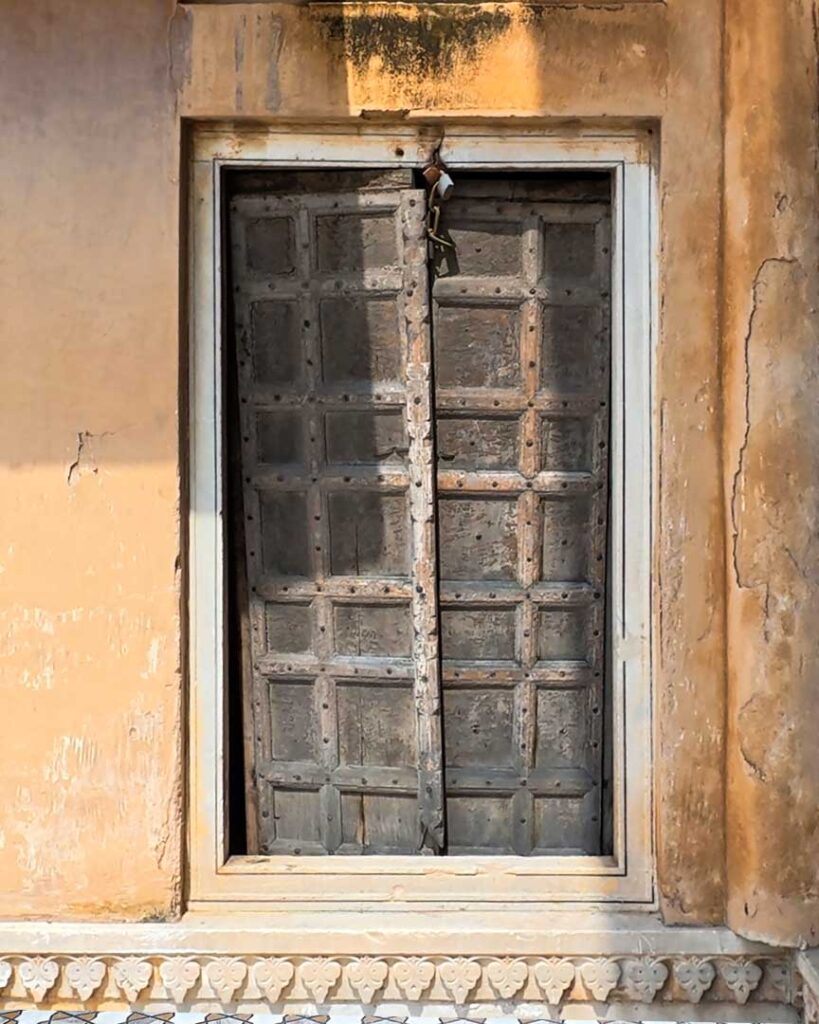
Stories Etched in History
Lahore Fort has seen moments that shaped South Asia’s history. From the signing of the Treaty of Lahore in 1846 to being the seat of Mughal emperors at their peak, the fort has been at the center of Lahore’s destiny. Even under colonial rule, it remained an important site of administration.
For me, standing on the fort’s ramparts and looking over Lahore is like time-traveling—watching the city change while the fort stands strong as its silent guardian.
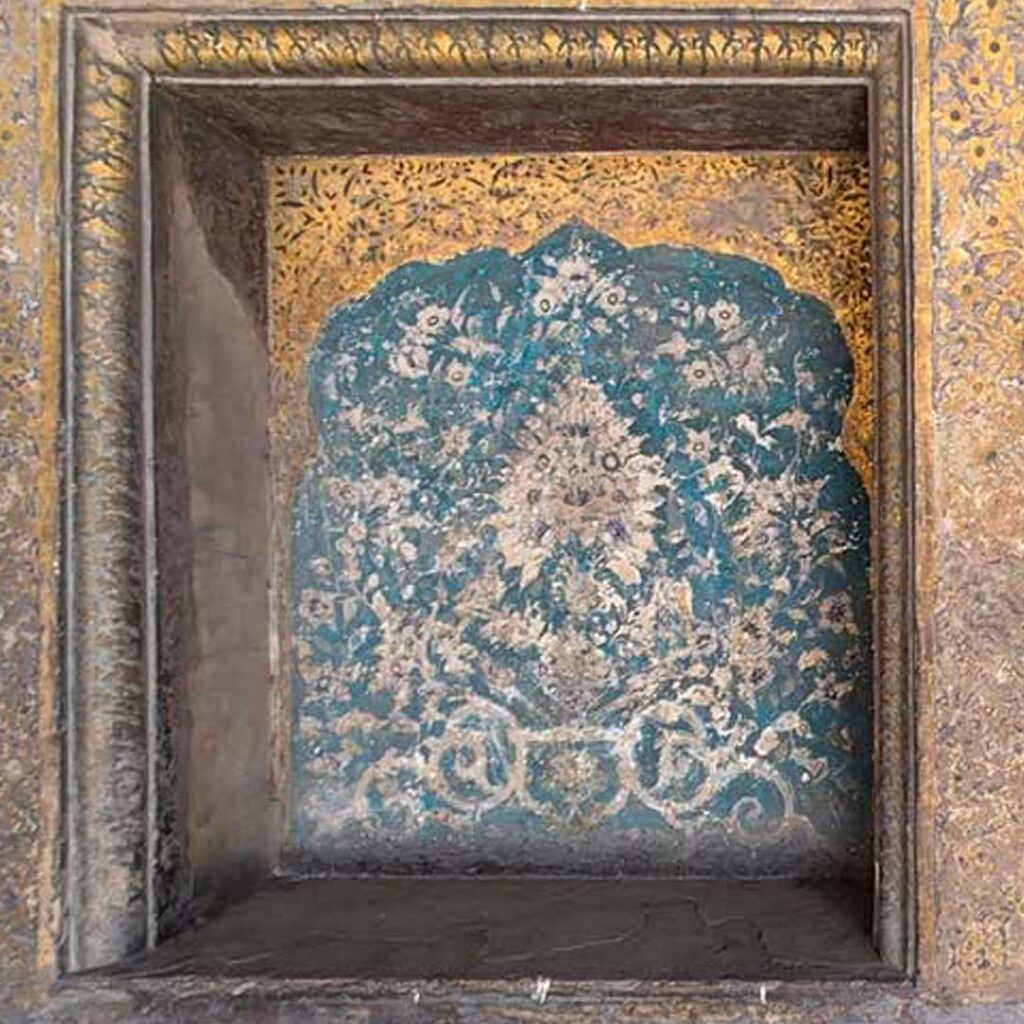
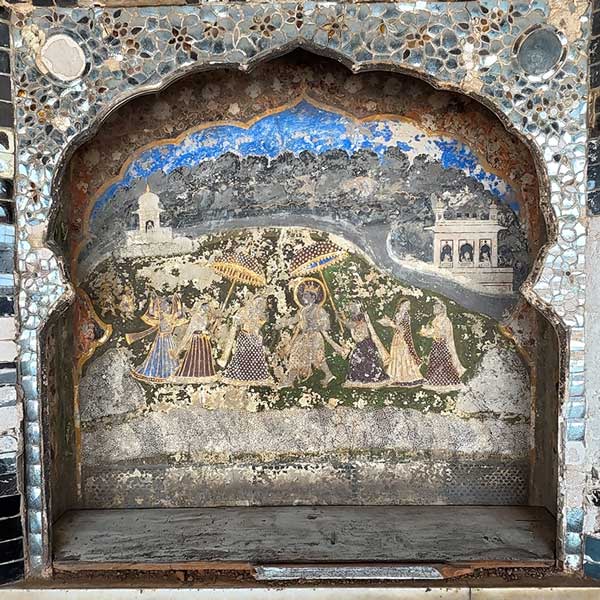
Exploring Lahore Fort Today
Today, the fort is more than just a relic of the past—it’s a lively experience. Inside, you’ll find the Lahore Fort Museum, displaying miniature paintings, manuscripts, weapons, and artifacts that give you a closer look at Mughal life. Walking through the Sheesh Mahal or the Diwan-i-Khas feels like stepping into the world of emperors and courtiers.
And the best part? You’re right next to Badshahi Masjid and Minar-e-Pakistan, making this area a complete historical circuit. For travelers, it’s one of the best spots in Lahore to spend a full day soaking up history, culture, and photography opportunities.
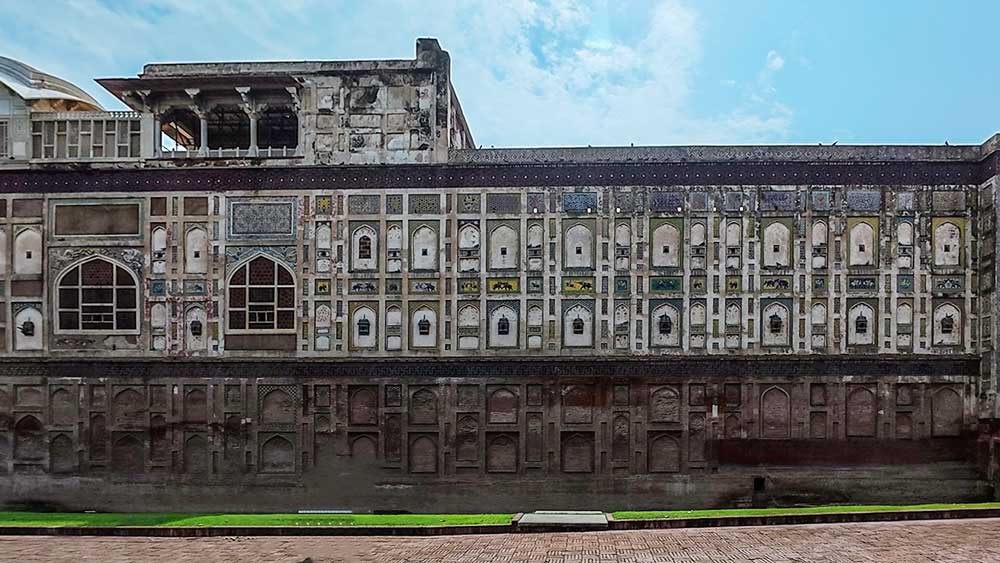
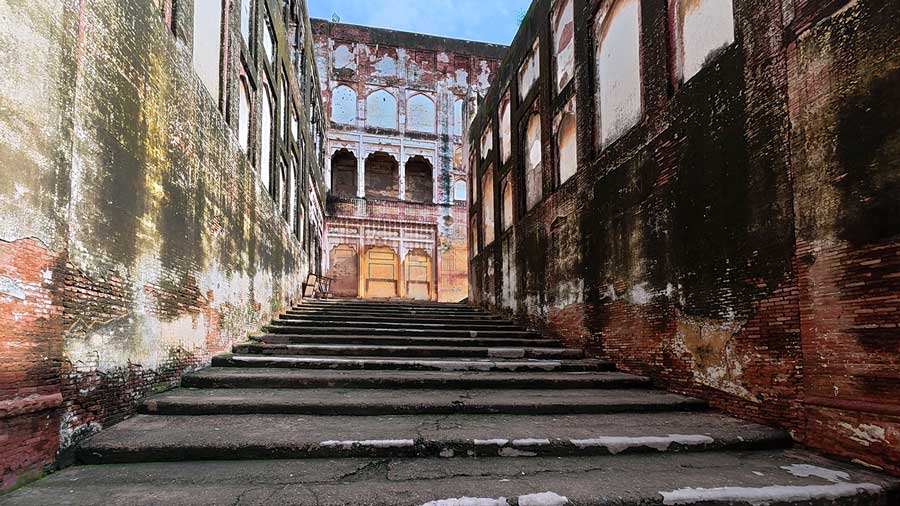
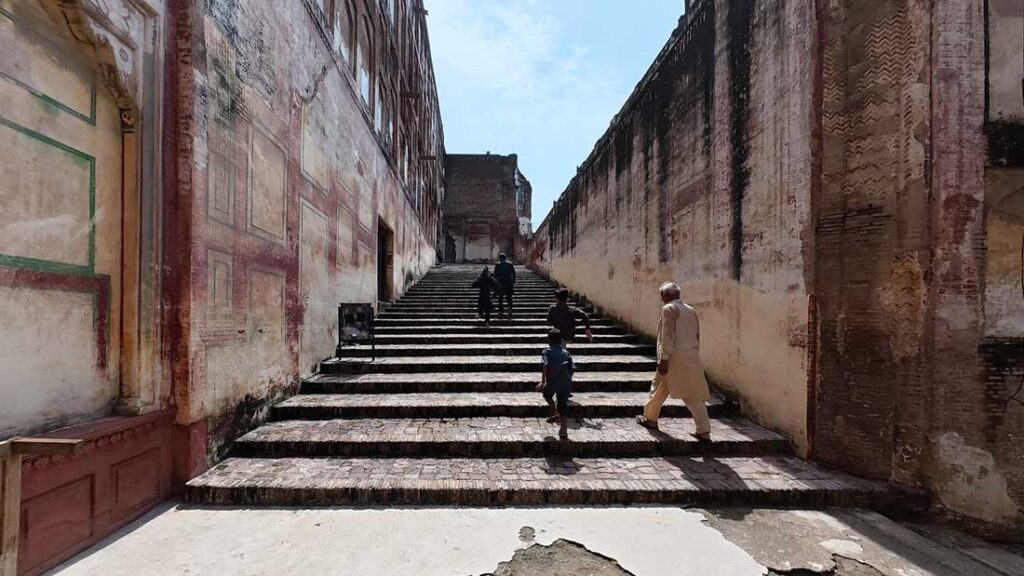
Cultural Events at Lahore Fort
One of the most fascinating experiences at Lahore Fort is the History by Night tour, organized every Saturday by the Walled City of Lahore Authority. This special event allows visitors to explore the fort under beautiful night lighting, offering guided tours, storytelling, and an immersive look into Mughal heritage after sunset. A highlight of the evening is the soulful qawwali at Lahore Fort, along with cultural performances that make the atmosphere truly magical. Whether you’re a local or a tourist, the Lahore Fort night tour is an unforgettable way to see this UNESCO World Heritage Site in a whole new light.
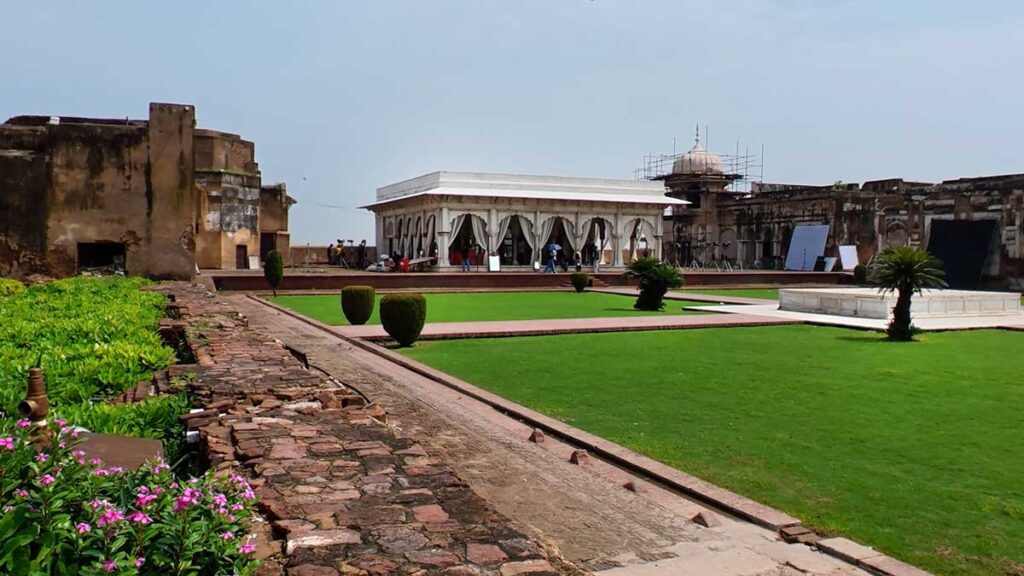
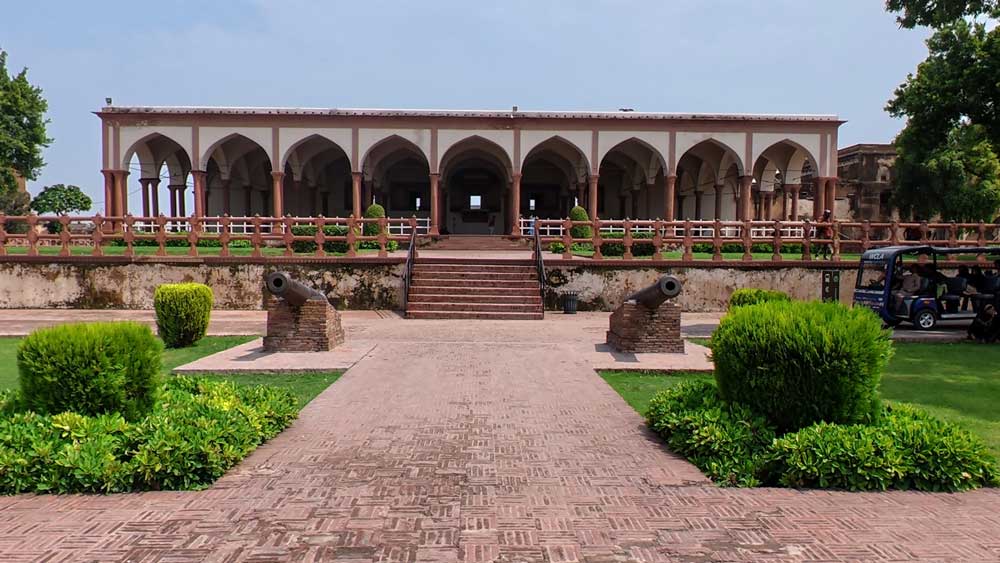
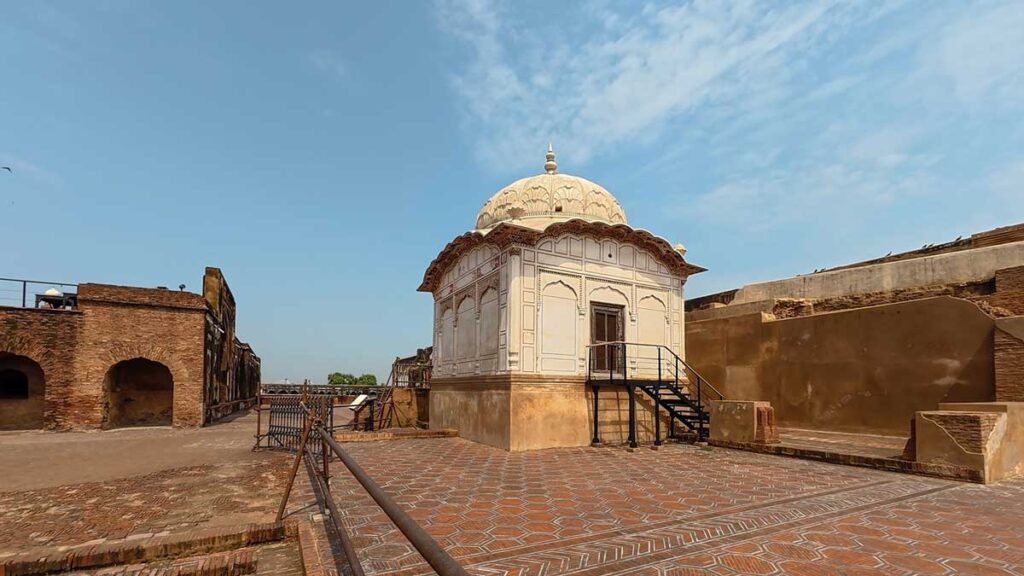
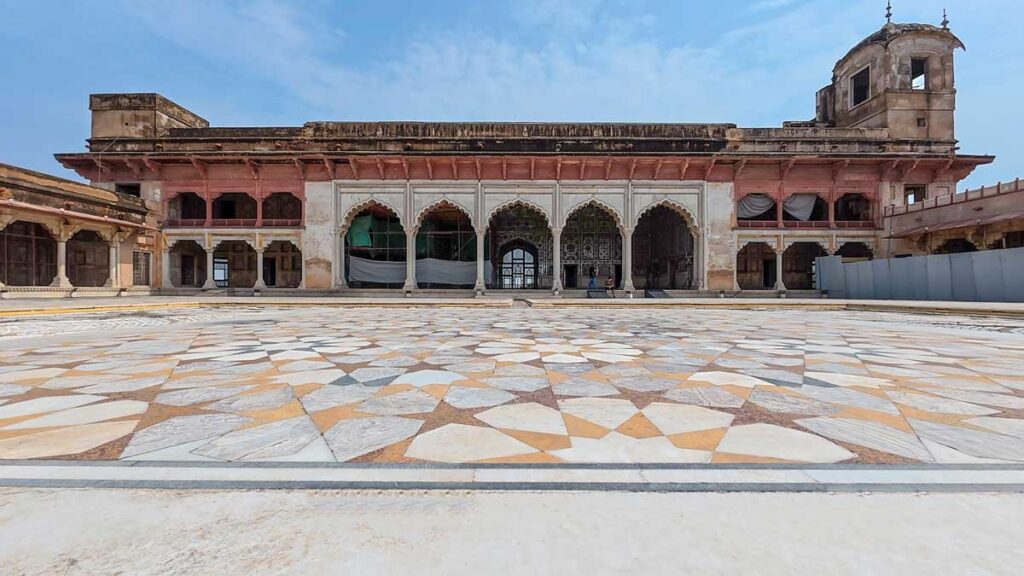
Best Time to Visit
Lahore Fort is open all year round, but the cooler months—October to March—are perfect for exploring without the harsh summer sun. I personally love visiting in the late afternoon; the golden light of the setting sun makes the fort’s red sandstone and marble glow beautifully, giving your photos that timeless touch.

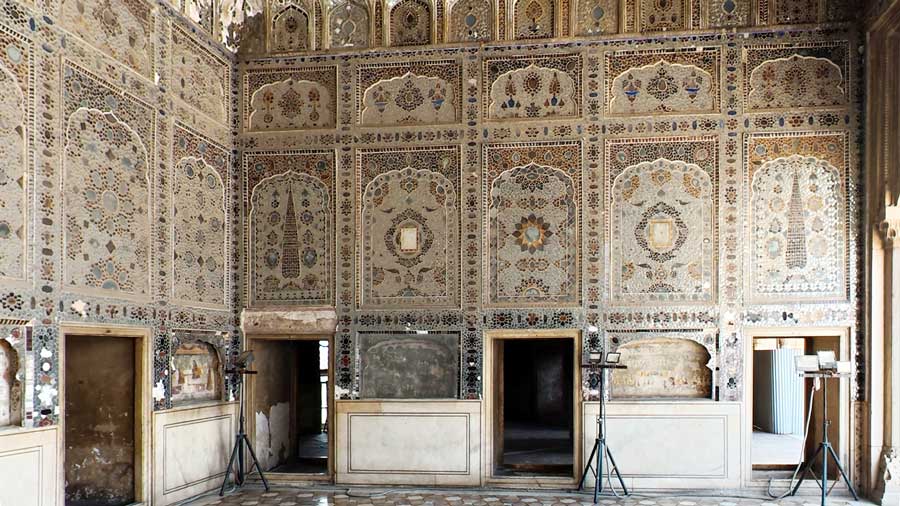
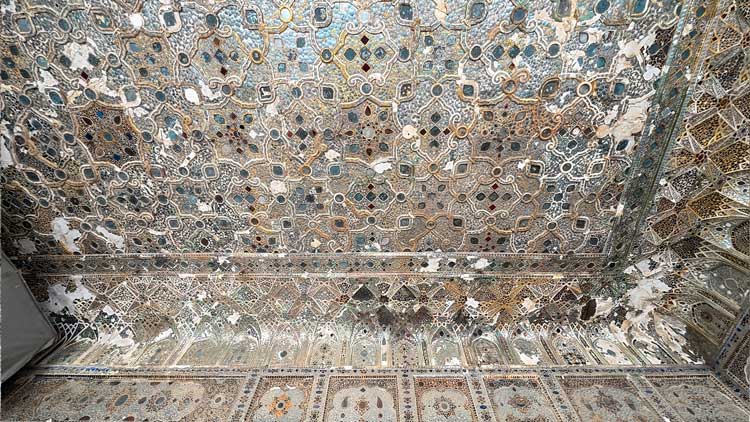
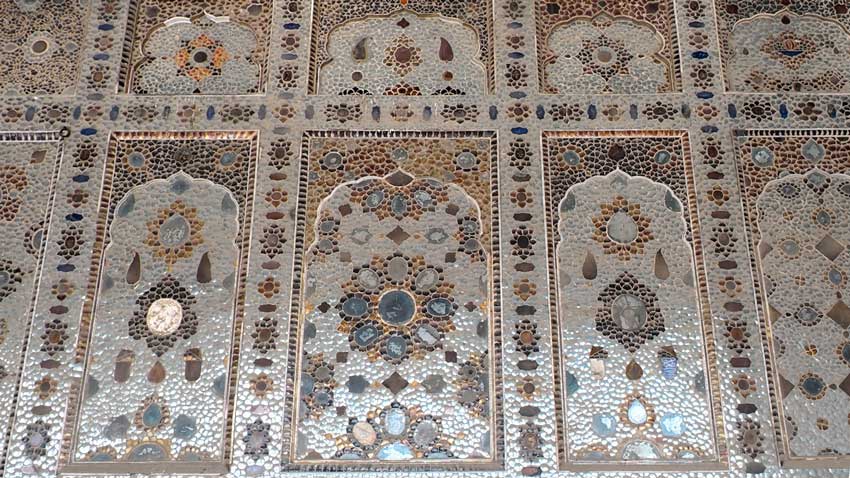
Final Thoughts
For me, Lahore Fort is not just a monument—it’s a reminder of Lahore’s beating heart and the legacy of the Mughal Empire. Its palaces, halls, and courtyards are filled with stories waiting to be discovered. Whether you’re a traveler, a photographer, or someone reconnecting with Lahore’s past, a visit to Shahi Qila is an experience that lingers long after you leave.
So, the next time you’re in Lahore, step inside its grand gates, wander through its courtyards, and let the fort take you back in time. This isn’t just history—it’s Lahore’s living soul.
